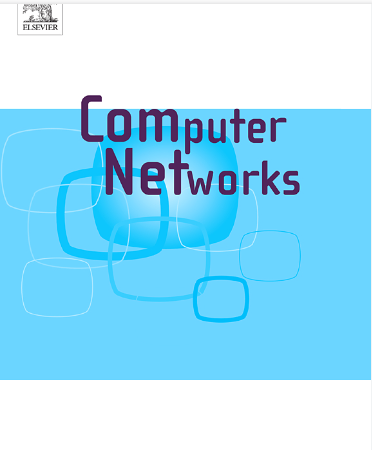FOCCA: Fog–cloud continuum architecture for data imputation and load balancing in Smart Grids
IF 4.4
2区 计算机科学
Q1 COMPUTER SCIENCE, HARDWARE & ARCHITECTURE
引用次数: 0
Abstract
A Smart Grid operates as an advanced electricity network that leverages digital communications technology to detect and respond to local changes in usage, generation, and system conditions in near-real-time. This capability enables two-way communication between utilities and customers, integrating renewable energy sources and energy storage systems to enhance energy efficiency. The primary objective of a Smart Grid is to optimize resource usage, reduce energy waste and costs, and improve the reliability and security of the electricity supply. Smart Meters play a critical role by automatically collecting energy data and transmitting it for processing and decision-making, thereby supporting the efficient operation of Smart Grids. However, relying solely on Cloud Computing for data pre-processing in Smart Grids can lead to increased response times due to the latency between cloud data centers and Smart Meters. To mitigate this, we proposed FOCCA (Fog–Cloud Continuum Architecture) to enhance data control in Smart Grids. FOCCA employs the Q-balance algorithm, a neural network-based load-balancing approach, to manage computational resources at the edge, significantly reducing service response times. Q-balance accurately estimates the time required for computational resources to process requests and balances the load across available resources, thereby minimizing average response times. Experimental evaluations demonstrated that Q-balance, integrated within FOCCA, outperformed traditional load balancing algorithms like Min-Load and Round-robin, reducing average response times by up to 8.1 seconds fog machines and 16.2 seconds cloud machines.
求助全文
约1分钟内获得全文
求助全文
来源期刊

Computer Networks
工程技术-电信学
CiteScore
10.80
自引率
3.60%
发文量
434
审稿时长
8.6 months
期刊介绍:
Computer Networks is an international, archival journal providing a publication vehicle for complete coverage of all topics of interest to those involved in the computer communications networking area. The audience includes researchers, managers and operators of networks as well as designers and implementors. The Editorial Board will consider any material for publication that is of interest to those groups.
 求助内容:
求助内容: 应助结果提醒方式:
应助结果提醒方式:


